Carole King
Tapestry

Mobile Fidelity Sound Lab, Ode Records – UD1S-030, Limited Edition, SuperVinyl, Box Set (adv. 2021, Dec.)(official 2022, Jan.), advanced promo #P004 of 10 000.
Originally released on Ode Records – ODE SP 77009 (1971, Feb.)
Evaluated by Claude Lemaire
Ratings:
Global Appreciation: 9.6
- Music: A (9.4)
- Recording: 9.0
- Remastering + Lacquer Cutting: 9.8
- Pressing: 9.8
- Packaging: Deluxe
Category: pop, soft rock, acoustic folk, gospel, and soulful flavorings.
Format: Vinyl (2x180 gram LPs at 45 rpm).
Musicians:
Carole King – vocals.
Additional musicians:
Curtis Amy – flute; baritone, soprano and tenor sax; string quartet.
David Campbell – cello, viola.
Merry Clayton – backing vocals.
Terry King – cello, tenor saxophone, string quartet.
Danny "Kootch" Kortchmar– acoustic guitar, congas, eletric guitar, vocals.
Russ Kunkel – drums.
Charles "Charlie" Larkey – bass guitar, string bass, string quartet.
Joni Mitchell – backing vocals on "Will You Love Me Tomorrow?".
Joel O'Brien – drums.
Ralph Schuckett – electric piano.
Barry Socher – violin, tenor saxophone, viola, string quartet.
Perry Steinberg – bass guitar, violin, tenor saxophone, string bass.
James Taylor – acoustic guitar, backing vocals.
Julia Tillman – backing vocals.
Additional credits:
Produced by Lou Adler
Recorded January 1971 at A&M Studios' Studio B, Hollywood, CA.
Engineered by Hank Cicalo.
Remastered and lacquer cut by Krieg Wunderlich, assisted by Rob LoVerde at Mobile Fidelity Sound Lab in Sebastopol, CA.
Plated and Pressed by RTI, CA, USA.
Art Direction by Roland Young.
Artwork (handstitched tapestry by Carole King.
Design by Chuck Beeson.
Photogaphy by Jim McCrary.
I felt the earth move under my feet
I felt my heart start to tremble...
Is an understatement if ever there was one when we're dealing with one of the most iconic, personal album from the 1970s, sharing a short list of that stature, the likes of Cat Stevens' Tea for the Tillerman [A&M Records SP 4280 or MoFi MFSL 1-035], Marvin Gaye's What's Going On [MoFi UD1S 2-008], and Fleetwood Mac's Rumours [Reprise/Warner Bros Records 517787-1]. But I feel I'm getting ahead of myself...



While the 1960s were monopolized by musical groups, be that from the British Invasion or America's Motown Sound and the mostly-white dominated rock scene, the 1970s would embrace the emergence of the 'singer-songwriter' era, in tandem with the emancipation of the women liberation movement. Carole King was at the forefront of the curve, breaking down glass ceilings well before the term took root in modern society. Though both Joan Baez and Joni Mitchell released albums under their own name before she did–by a full decade in the case of Baez–King, then sixteen-years-old, had her first single in 1958 with "The Right Girl" [ABC-Paramount 45-9921], a typical romantic pop ballad for the times.
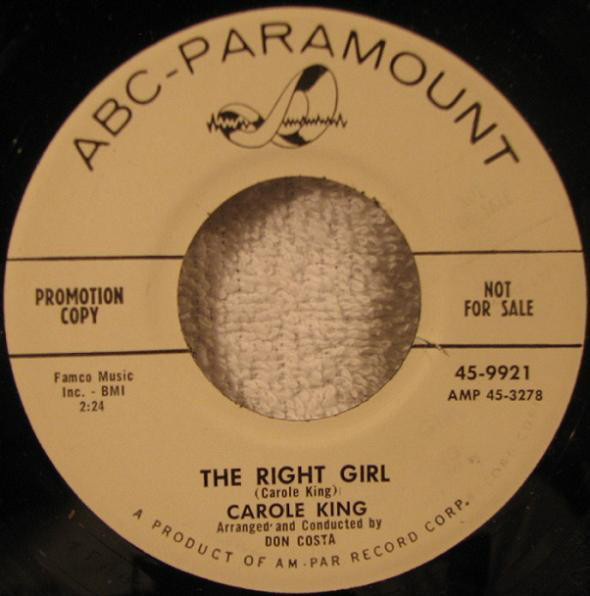
Discovering she had perfect pitch at age four, she started piano lessons from her mother sitting by her side. Later she joined the famous Brill Building conglomerate in New York City, with song-writing partner and husband Gerry Goffin–fellow songwriter Neil Sedaka who's hit "Oh! Carol" is in reference to her, also sharing close cubicles within this factory of hits. They penned a string of memorable pop songs in the first half of the decade–The Shirelles' "Will You Love Me Tomorrow" and Little Eva's "The Loco-Motion" in 1960 and '62 respectively being two of their biggest–before Beatlemania broadly took over the charts. Hitting fast-forward...


With a troubled marriage the composing couple divorce in 1968. Soon she leaves Queens New York for Laurel Canyon in Los Angeles, California, where she first encounters James Taylor, Canadian bohemian folk singer Mitchell, and future song collaborator Toni Stern.


After the lackluster-selling debut Writer:Carole King in May 1970 and signed to Lou Adler's Ode label, the caterpillar is about to transform into a butterfly on Tapestry. Made in only three weeks with the album's top-charting single written in just twenty minutes, it is truly mind-boggling when you think about it, crafting such a powerful timeless song. All this for under $22 000 for the entire LP–not bad for a record selling over 25 million copies!
Tracking, mixing, and mastering were done at A&M Studios' Studio B in Hollywood, California. Founded by Herb Alpert and Jerry Moss in 1962, A&M Records would become the world's biggest independent record company by the next decade. Starting in 1967 they constructed two studios with Studio B based on Gold Star Studios–famous for Phil Spector's "Wall of Sound" recordings–where Alpert loved the acoustics, and added a third studio the year after. They got Larry Levine–their engineer–to come work for them. By 1970, they acquired a couple of state-of-the-art 16-track, 2-inch tape recorders.




They did two to three songs per day in periods of three-hour sessions. They opted for a strip down demo sound avoiding the trappings of the high-artifice progressive movement and recording process popular at the time.

Carole usually started with the piano parts and working backwards from there. Far from the technological avalange of the 1990s and beyond, there was no auto-tune, no glossy makeup; she made up her own rules, her life...a tapestry to feel and see...the album as much a social statement about the times than a reflexion on relationships.





Supposedly, Adler and engineer Hank Cicalo drew inspiration from June Christy's Something Cool album from 1954-55 for craving a simplified smooth sound.





Among the twelve tracks, at leasts half became major hits soon upon release, while the other half are worth discovering. In a synopsis of the four pressings I have, I would say the 1971 original Ode pressing mastered by Bernie Grundman–who was chief mastering engineer at A&M until 1984–is only fair, clearly rolled off at both frequency extremes, giving it a rather mid-forward and compressed sound lacking definition with rough distortion in the vocals and especially the piano–a far cry from the typical crisp and clean sound A&M was noted for during the 1970s.




Grundman first revisited, remastered, and recut it both on 45 and 33 1/3 rpm in 1999 for Classic Records, where he alleviated some of those shortcomings up to a certain extent on my 33 1/3 rpm copy, but still it disappoints. I never heard his 45 rpm version which I presume would be better, all things being equal. In 2012 Bernie and (Chris) Bellman released a new 45 rpm version for ORG Music [ORGM-1071] which I haven't heard neither.


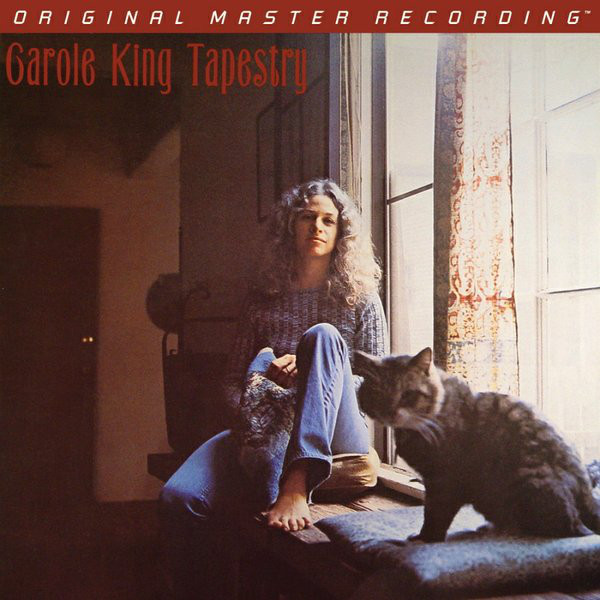

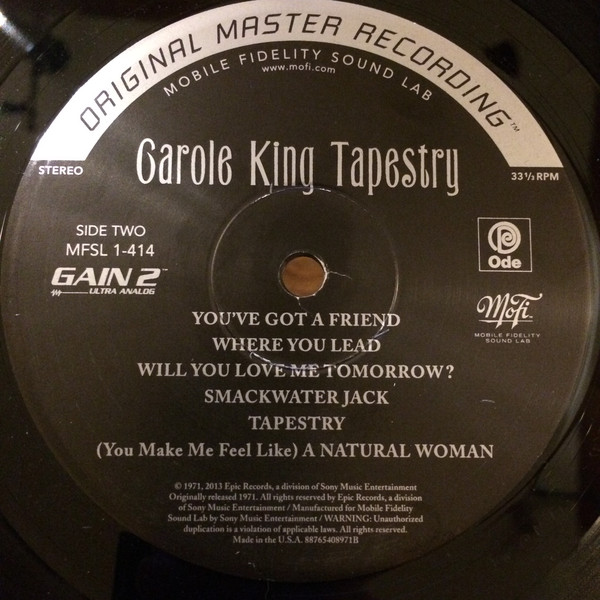
In 2013 MoFi released their first version at 33 1/3 rpm, remastered and cut by Krieg Wunderlich, assisted by Rob LoVerde, where I found it to "blow away" my two previous pressings leading me to include it early on in my Top 500 Supersonic List. The improvements in a warmer tonal balance and top end extension provided welcome ear relief and so much better attack and articulation in the entire drum sound, there was simply no contest.
Now onto this newest edition by Mobile Fidelity on their limited edition double-45 rpm UD1S reissue utilizing the more and more common–at leasts in the case of MoFi– 'One-Step' disc-manufacturing process. The deluxe packaging follows MoFi's usual UD1S presentation which some appreciate, while others find cumbersome when pullng out a record, and its large shelf space footprint. I've covered in minute detail the box design aspects as well as the 'One-Step' process in several past articles so I won't revisit them here except to include the recent disclosure of an additional "step", which has the 1/4-inch 15 IPS analog master tape first being converted to a DSD file–in this particular case DSD64 or standard SACD resolution–before entering the remaining analog chain of EQs and lacquer cutting lathe.

As usual it includes a rigid paper gatefold reproduction of the original cover which was also a gatefold jacket when first released.



Suffice to say that all the inner and outer charcoal-color finishes of the box set and sleeves were flawless.




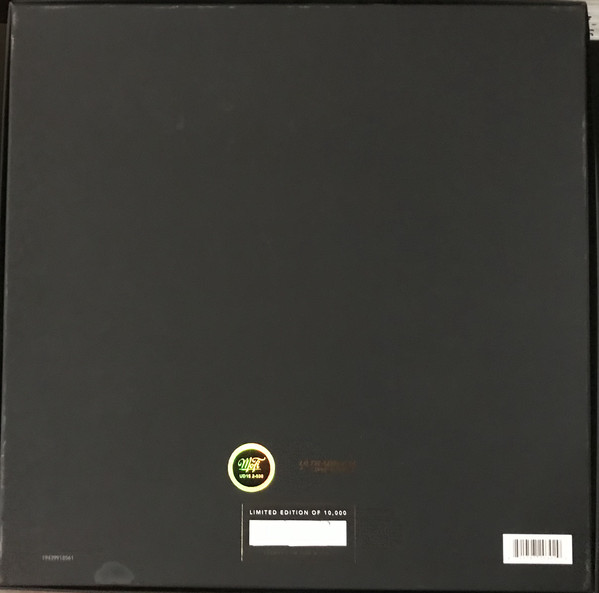
My copy is P#004 out of a total of 10 000 units, which supposes perhaps 20 lacquer cutting runs per side when adhering to the 500 pressing maximum per convert. In the dead wax of my sides is inscribed 'KW@MoFi' plus A8; B8; C9; and D6 respectively. All four sides were visually perfect, glossy, and dark brown, though when held up to the light you can still see through it. RTI's pressing was well centered and flat on both records. On the first run-through of the album I detected a few very low level "static-like" ticks, but then seemed to disappear upon second and third playings. This could be because MoFi choose not to dehorn their stampers, preferring our stylus to "polish" out the tics with every play–this policy going way back to the first thin JVC pressings they started with. I've noticed the NEOTHECH-developed SuperVinyl formula first used on Marvin Gaye's UD1S is more an improvement in treble refinement and delicacy than a lower noise floor per se than the regular vinyl formula. It seems to impart more of a subtle silk-like magnetic tape sound than the dead silence of a digital file or CD, which is a very good thing in my opinion.

As hinted in the header, with its unforgettable opening keyboard riff "I Feel the Earth Move" rumbled my man cave's molecules with greater gusto than all the previous versions including their 2013 standard reissue. Every instrument including Carole's vocals energized the room with more presence and palpability, the inner fireworks exploding with emotions. Her voice more brutally honest than beautiful, pushes towards her treble limits, at times nearly cracking. This is inherent in the original recording, and like all versions I've heard, there does not appear to be any attempt to tame it by reducing a narrow frequency region with targeted equalization, perhaps for fear of diluting the dynamic energy. That said both MoFi's were easier on the ears in that respect than the original and the Classic Records, having a more balanced extended range. Rhythmically, forget any click track, this band rocks on pure feeling. Joel O'Brien's drums joined by Charles Larkey's bass were in lockstep with her the entire track, the trio generating a soulful gospel-based groove. Danny Kootch's warm electric guitar plays cat and mouse with the piano-pounding keyboard, both panned full spread, providing great clarity and texture. The song structure's sparse arrangements and sound esthetics, encourages the many dynamic shadings throughout the track–as exemplified during the "all over, all over...", and "tumblin' down, tumblin' down" passages.
"So Far Away" slows things down quite a bit with Carole captured intimately behind the piano, every metronomic note supporting the staccato vocal delivery. When the bass guitar enters at the forty-second mark, there is a full-sounding roundness to it that leaves all other versions emaciated in comparison. At the one minute mark, the difference in sound between both MoFi editions is even more pronounced with the kick drum knocking substantially more solid, thicker, and chunkier on the new 'One-Step' by quite a margin, as if I had beefed up my power supply on my 300B amp or gone full-battery driven, or better still switching to high voltage 845s! Each dry drum punch is rendered cleaner and stronger chiseled, yet avoiding the cold analytic trap. Instead the chocolate was even darker and richer, think 90% vs 70% dark–a mean feat to accomplish on the mastering and cutting job. James Taylor's acoustic guitar and Curtis Amy's flute towards the end of the song were definitely more refined and transparent this time around.
The biggest hit of the album of course is "It's Too Late" which closes side A. The ultimate breakup song with such poignant lyrics as "There's somethin' wrong here, there can be no denyin'; One of us is changin', or maybe we've just stopped tryin'"; as well as "Somethin' inside has died, And I can't hide and I just can't fake it"–who hasn't experienced similar strong feelings at leasts once in their life. Again the newer MoFi is fuller-sounding, and wider in soundstage, even though the older one was no slouch in those same parameters.

Side B opens with the lesser-known "Home Again", followed by "Beautiful", and closes with "Way Over Yonder". Once more the new MoFi nearly clobbers the older one, mostly for the size, solidity, and assurance of the whole bass region.

Side C showcases close contributions from friends Joni Mitchell and James Taylor on "You've Got a Friend"–the latter having his own hit version barely two months later from Mud Slide Slim and the Blue Horizon [Warner Bros. Records BS 2561]–and on this slower, sadder rendition of "Will You Love Me Tomorrow". Mitchell and Taylor were in a intense relationship since summer 1970, and this would lead to the recording of Blue [Reprise Records MS 2038] in Studio C at A&M, released in June 1971 right after their breakup.
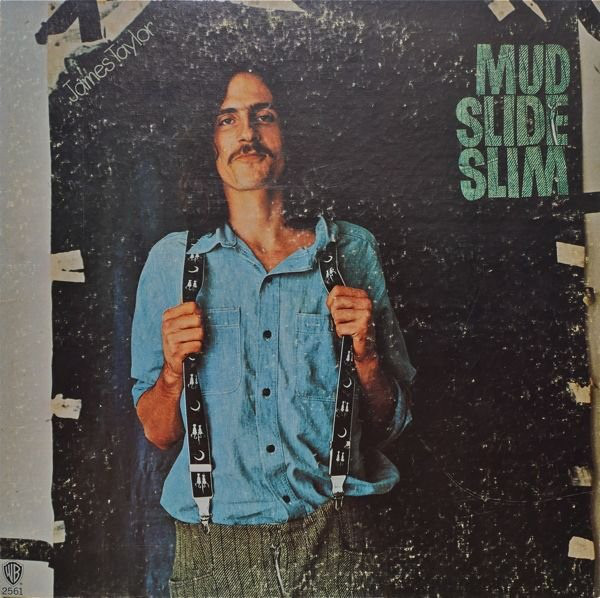




The biggest difference between the two MoFi's on both songs are the transparency and realism of both back vocal singer-friends separately panned left and right to Carole in the center. On the older 33 rpm you can't quite make the distinction between voices, whereas now with the UD1S it is child's play, and so much more realistic and expressive. "Where You Lead" sits in between. Though sounding excellent, this track and the third side in general are less showstoppers than the three others.

Side D switches gears with "Smackwater Jack", a light swinging upbeat shuffle reprised by Quincy Jones on the title track of his album in October 1971 [A&M Records SP-3037]. I'm starting to sound like a broken record but again the superiority of the bass punch and power on the drums and bass line are huge, even more so when you follow up with either of the two Grundman versions where your foot stops tapping, and you feel like turning off the system and going to bed. It is almost as if they were sourced from a different tape! The title track "Tapestry" follows, and the album closes with "(You Make Me Feel Like) A Natural Woman", written by King and Goffin many years before, and originally sung by Aretha Franklin in September 1967.
In conclusion, Mobile Fidelity's all out effort on Tapestry is truly praiseworthy. It may not be the best Ultradisc 'One Step' ever released–BS&T and Monk reign supreme in my book, and will be hard to dislodge for the foreseeable future, followed not far behind by Marvin Gaye, Yes, and Evans' Village Vanguard. But there is no doubt, despite the DSD revelation, that it is now the defacto and definitive version out there for me, and like most 'One-Steps', occupies a niche of its own. Engineers Krieg Wundelich and Rob LoVerde have done nothing short of wonders by delivering us the biggest sonic improvement on record in respect to the original pressing I can remember. On a scale of 10, I would now revise my ratings as such: the original Ode at 5.5; the Classic Records 33 1/3 rpm around 6.6; the 2013 MoFi at 8.8; and the MoFi UD1S a solid 9.6. Kudos!
Carole King's Tapestry represents a moment in time when this kind of album could not have come out before 1970 nor after 1973. The 1960s' war protests, Summer of Love, psychedelics, counterculture, and Woodstock were now a thing of the past, while the glitz and glam of the 1970s were still a distant future, and yet, ironically, her music and lyrics remain timeless.
------------------------------------------------------------------------------------------------------------------
No comments:
Post a Comment